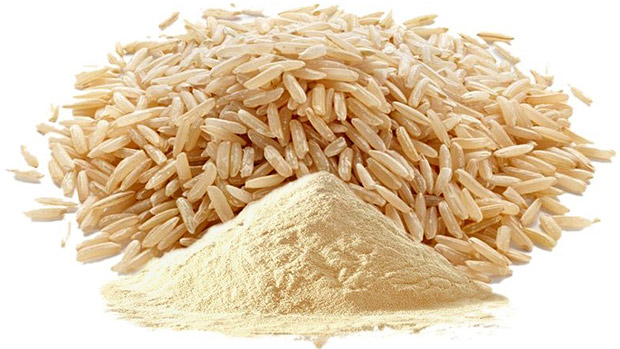- Messages
- 4,125
- Reaction score
- 1,804
- Points
- 113
Be careful about what you eat with your protein. Here's why.

What you're probably not too aware of is that what you eat with that animal protein could affect your ability to digest and absorb it.
Frustratingly, some of the most common "healthy" foods that bodybuilders pack into their Tupperware bowls every day – like oatmeal, beans, brown rice, and quinoa – actually contain anti-nutrients called phytates.
Phytates are irritating compounds that bind themselves to micronutrients and minerals to prevent their absorption. This can lock up vital nutrients like iron, magnesium, and zinc. Phytates can also bind themselves to proteins, rendering them less vulnerable to trypsin and other enzymes that help with digestion (1). This makes protein far less absorbable.
While a single serving of oatmeal, brown rice, beans, or quinoa isn't going to nullify nutrient absorption altogether, a typical meathead is going to eat a lot more of these foods than the average person.
But don't worry. Here are some tips that allow you to get your starch and bean fix without interfering with mineral and protein absorption:
- Opt for white rice instead of brown. As Nate Miyaki wrote in The Perfect Carb for Lifters, white rice is really the perfect carb for lifters and athletes. Removing the bran from the outside of the rice grain gets rid of all of the phytates, leaving you with the starchy center. You're left with a product that's an easily digestible source of carbohydrate that can quickly refuel your glycogen stores and aid with recovery.
- Prep your grains, seeds, beans, and nuts properly. They're loaded with valuable nutrition, but their phytate content lowers their bioavailability and renders their nutritious goodness nearly unusable. Soaking your oats and nuts overnight, however, can help to drastically reduce their phytate content and increase access to their nutrients.
- With unprocessed grains, seeds, and beans, you may want to take it a step further by fermenting and sprouting them as well. This process can actually increase their nutritive value by causing them to produce vitamin C, vitamin B, and carotene. This is especially true for quinoa, which actually has a complete amino acid profile, as long as it's been sprouted.
- Note: The sprouting process basically involves soaking things like quinoa for hours, rinsing and repeating, and then allowing it to sprout little threads. Google it if you're interested.
- Don't eat soy unless it's been fermented. Soy has the highest concentration of phytates.
- Pay attention to what's in that protein bar you're eating. Some companies like to sneak in soy or other nutrient-robbing compounds for filler.
- If you do end up eating phytate-rich foods in a meal, include some fruits and vegetables that are high in vitamin C, or take a vitamin C supplement. Vitamin C can help to counteract phytates and enhance nutrient absorption

